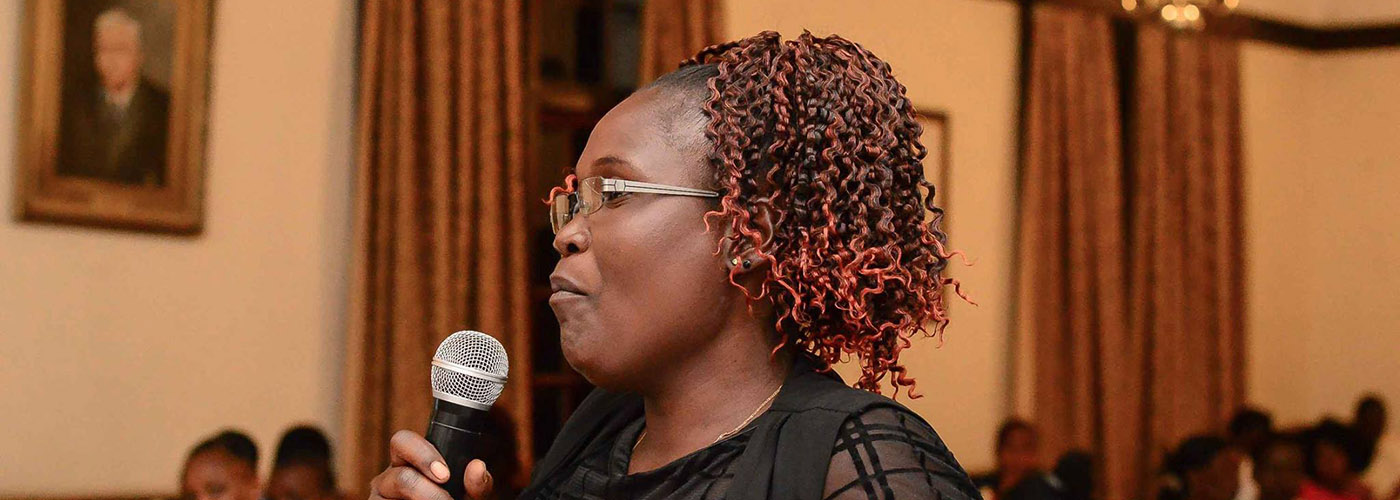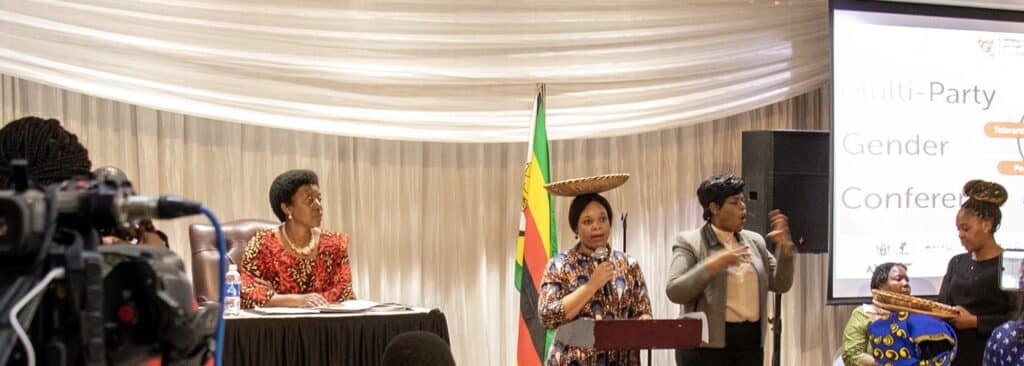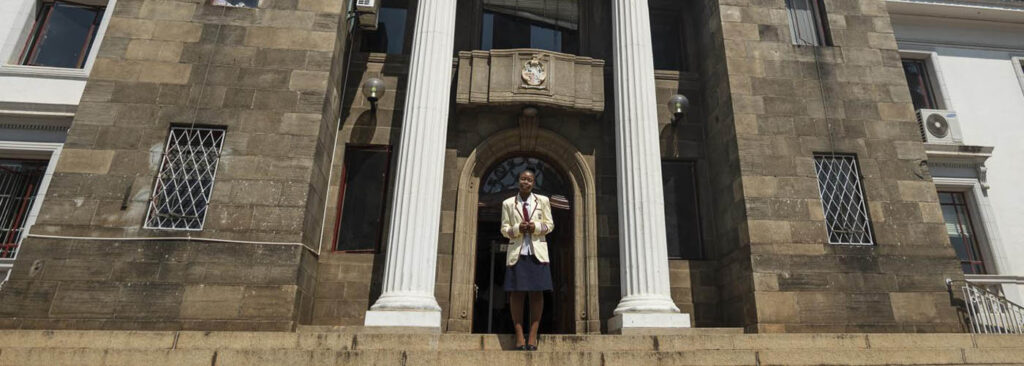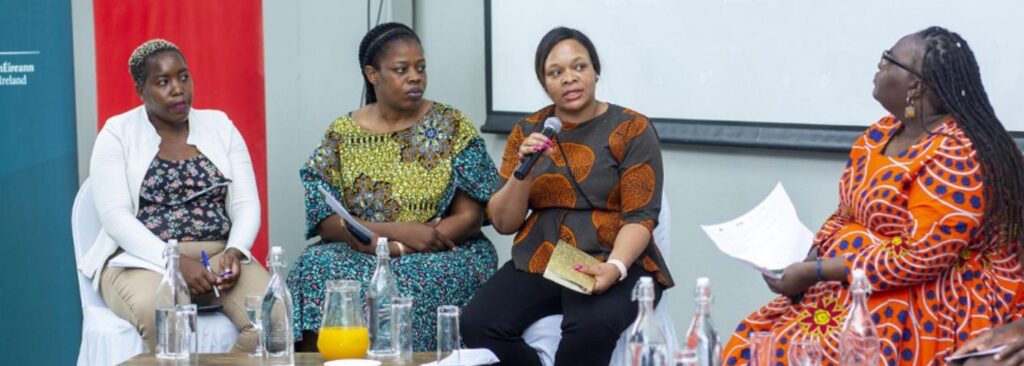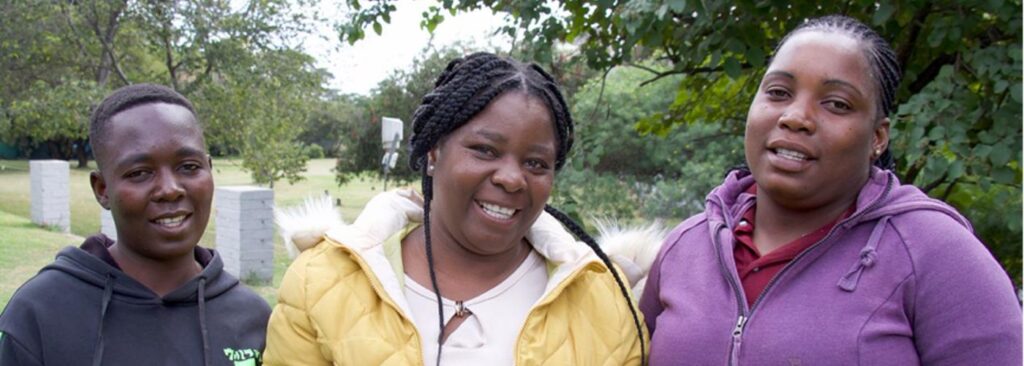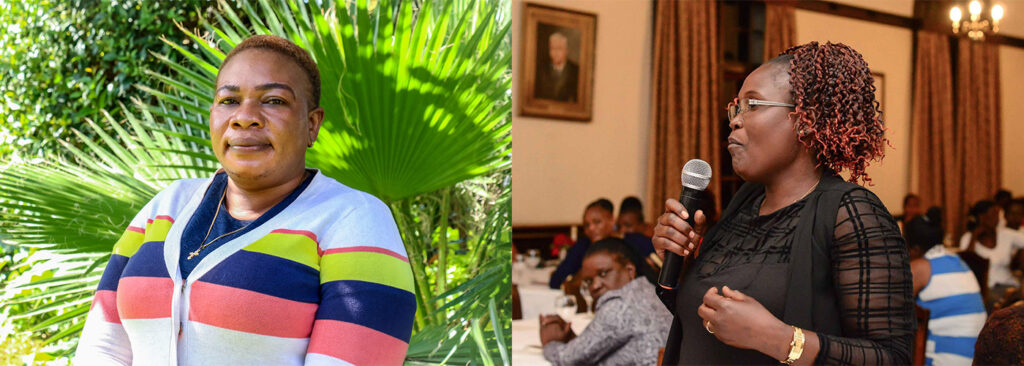This program has ended
This program focuses on promoting the full and effective participation and leadership of women and girls in political and societal decision-making in Zimbabwe.
She Leads aims for three main results. The first is increasing women’s representation and leadership positions in civic and political institutions. Secondly, the program wants to create more space for divergent voices in public debates. Finally, women’s rights platforms, networks and alliances must become better at influencing how policies on women’s participation and leadership are crafted and implemented at local, national and regional levels.
Why do women and girls need this?
Section 56 of Zimbabwe’s Constitution protects and promotes the rights of women and men, and girls and boys. It recognizes the equality of all persons and explicitly outlaws discrimination on the grounds of sex or gender. Women and girls, therefore, ought to be able to claim their rights to full and effective participation in political and societal decision-making processes. They should have the same opportunities to be leaders and agents of change as men and boys. But they constantly face dominant, discriminatory narratives and norms that undermine their ability to participate and lead. And negative perceptions of women are exacerbated by traditional and patriarchal cultural practices.
How She Leads operates
Women leaders and women’s organizations are the main focus of She Leads. The program builds a support network of likeminded organizations with policies that support the personal development of women leaders and activists. She Leads also helps civic organizations develop gender-sensitive policies and tools, strengthen their capacity to advocate for women’s leadership, and attract women leaders to their ranks to make their work even more effective.
She Leads directly engages with the media and the creative sector to create content that is gender sensitive and supported by facts. The program then presents the public with engaging and easily accessible content that stimulates active support for gender equality in leadership. This takes on many forms. For example, stories of successful women leaders and of women leaders as opinion leaders. But also through dialogues, debates, interviews, opinion pieces, media articles, and artistic productions.
Where
The project is implemented in Zimbabwe. It works at the sub-national and grassroots levels to better support young people and women from marginalized communities.

